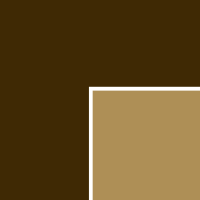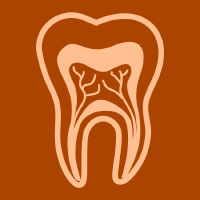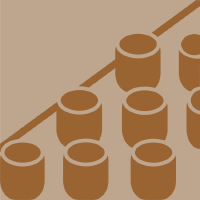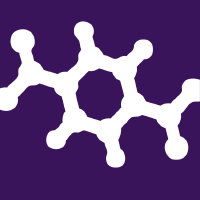Topic Editors


Advances in Materials and Concepts in Fixed Prosthodontics and Implant Therapy
Topic Information
Dear Colleagues,
In recent years, there has been a widespread introduction of novel technologies, materials, and digital workflows that have contributed to the advancement of prosthodontics treatments and implant therapies. Many of these materials and technologies have undoubtedly led to new strategies and approaches for the daily rehabilitation of patients requiring fixed prosthodontics on both natural teeth and implants. However, further research is required to investigate and confirm all the advantages, as well as limitations, that these new technologies may present. The present topic aims to collect and disseminate original research papers, reviews, and technical reports on the state of the art in the field of fixed prosthodontics and implant therapy. Potential fields include but are not limited to the following:
- Fixed prosthodontics on natural teeth;
- Implant prosthodontics;
- CAD/CAM materials;
- 3D-printed materials;
- Implant surfaces;
- Implant morphologies;
- Digital work flows;
- Digital impressions;
- Implant surgery;
- Digital dentistry.
Dr. Massimo Carossa
Prof. Dr. Stefano Carossa
Dr. Simona Liliana Iconaru
Topic Editors
Keywords
- dental implants
- CAD/CAM materials
- 3D-printed materials
- fixed prosthodontics
- dental prosthesis
- digital dentistry
Participating Journals
| Journal Name | Impact Factor | CiteScore | Launched Year | First Decision (median) | APC | |
|---|---|---|---|---|---|---|

Coatings
|
3.4 | 4.7 | 2011 | 13.8 Days | CHF 2600 | Submit |

Dentistry Journal
|
2.6 | 4.0 | 2013 | 27.8 Days | CHF 2000 | Submit |

Journal of Clinical Medicine
|
3.9 | 5.4 | 2012 | 17.9 Days | CHF 2600 | Submit |

Materials
|
3.4 | 5.2 | 2008 | 13.9 Days | CHF 2600 | Submit |

Polymers
|
5.0 | 6.6 | 2009 | 13.7 Days | CHF 2700 | Submit |

MDPI Topics is cooperating with Preprints.org and has built a direct connection between MDPI journals and Preprints.org. Authors are encouraged to enjoy the benefits by posting a preprint at Preprints.org prior to publication:
- Immediately share your ideas ahead of publication and establish your research priority;
- Protect your idea from being stolen with this time-stamped preprint article;
- Enhance the exposure and impact of your research;
- Receive feedback from your peers in advance;
- Have it indexed in Web of Science (Preprint Citation Index), Google Scholar, Crossref, SHARE, PrePubMed, Scilit and Europe PMC.


